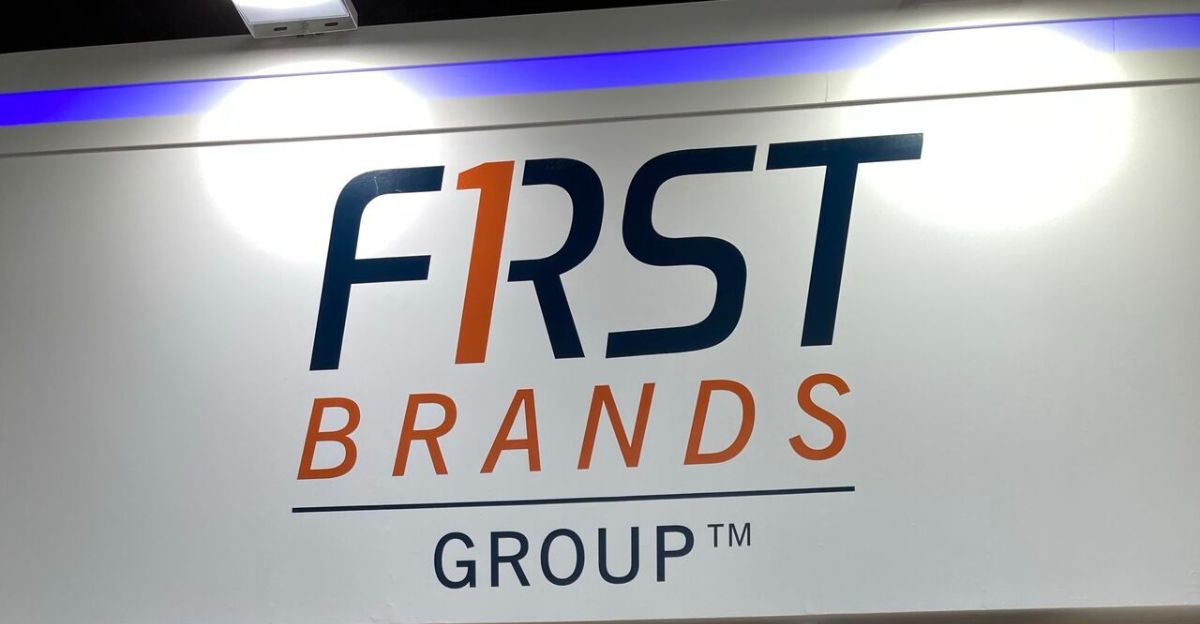
In late September 2025, the U.S. auto parts industry was rocked by the abrupt bankruptcy of First Brands Group, a company once hailed as a rising giant. The collapse exposed a staggering $2.3 billion in missing funds, sending tremors through financial markets and raising urgent questions about the hidden dangers of private credit and opaque financing. As federal investigators launched probes into possible fraud, the event forced a reckoning across sectors that had long relied on complex, little-understood financial structures.
Contagion and Market Anxiety
The fallout from First Brands’ bankruptcy was immediate and severe. Jefferies Financial Group, a major lender to the company, revealed $715 million in exposure, causing its stock to tumble and igniting fears of a broader contagion. Financial analysts warned that other banks and investment funds might be sitting on similar undisclosed risks, prompting a wave of scrutiny and self-examination across the industry. Industry experts drew parallels to the 2008 subprime mortgage crisis and the more recent Greensill Capital collapse. The situation underscored the vulnerability of markets to hidden liabilities and the urgent need for greater transparency in private credit.
The Rise and Unraveling of an Industry Leader

First Brands’ journey began in Ohio, where Malaysian entrepreneur Patrick James founded the company—then known as Crowne Group. Through a series of aggressive acquisitions, the firm rapidly expanded, rebranding as First Brands Group by 2020 and amassing a portfolio of 24 automotive businesses with over 26,000 employees nationwide. The company’s ambition was clear: to become America’s leading auto parts supplier. But this meteoric rise was built on a foundation of debt-fueled deals and intricate financing arrangements. As economic conditions tightened and regulatory scrutiny increased, these off-balance-sheet structures revealed themselves as critical weaknesses. Industry strategists have highlighted the dangers of unchecked expansion and insufficient oversight in the company’s rapid growth.
Missing Billions and the Human Cost

At the heart of the crisis was the revelation that $2.3 billion had vanished, allegedly through questionable invoice factoring and supply chain financing. Federal prosecutors began investigating potential fraud, while creditors discovered their accounts had been wiped out. The shock was felt most acutely in states like Michigan, Ohio, and Texas, where First Brands’ plants and distribution centers were economic lifelines. Thousands of jobs now hang in the balance, and local suppliers face mounting unpaid invoices. Workers at facilities across multiple states have expressed concern about their futures, and community leaders voiced deep concern about the ripple effects on families and small businesses, emphasizing the real-world consequences behind the financial headlines.
Industry and Regulatory Response

As First Brands’ collapse left supply chains in disarray, competitors scrambled to fill the void, and regulators moved swiftly to investigate. Federal authorities, including the Justice Department, began scrutinizing private credit practices and the broader risks posed by shadow banking. Calls for tighter oversight grew louder, with experts urging reforms to prevent similar disasters. Globally, the situation drew comparisons to the collapse of Greensill Capital in the UK, which also exposed the dangers of opaque supply chain finance and triggered regulatory crackdowns. “Our immediate priority is to ensure stability and dependability,” stated interim CEO Charles Moore, who stepped in after founder Patrick James’ departure. Moore’s leadership faces the daunting task of stabilizing operations, cooperating with investigators, and rebuilding confidence among creditors and employees.
Looking Ahead: Lessons and Implications

The First Brands bankruptcy has become a catalyst for urgent debate about the future of private credit and corporate governance. As the company attempts to restructure and salvage core operations, experts remain skeptical about its prospects. Many doubt whether First Brands can regain its market standing or restore investor confidence, given the depth of its financial and reputational wounds. The episode has prompted financial institutions to reevaluate their own risk management and transparency practices, while regulators prepare to tighten oversight across the sector. For communities and workers, the stakes are deeply personal, as the fallout threatens livelihoods and local economies.
The lessons from First Brands’ collapse are clear: transparency, accountability, and robust oversight are essential to safeguarding both markets and the people who depend on them. As the industry moves forward, the challenge will be to balance innovation and growth with the discipline needed to prevent future crises—ensuring that the human cost of corporate failure is never overlooked.